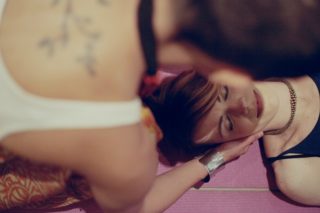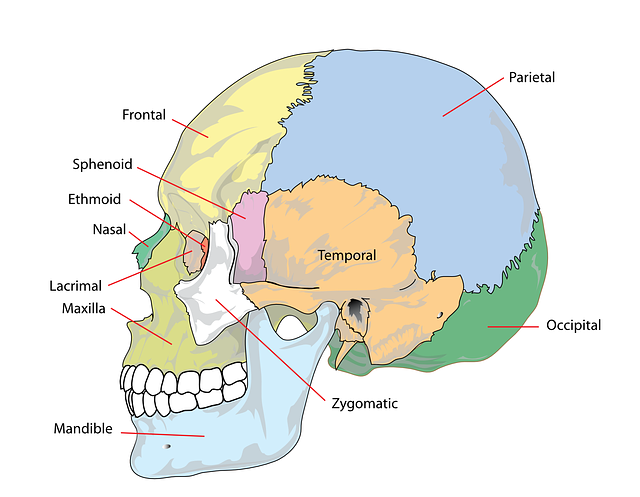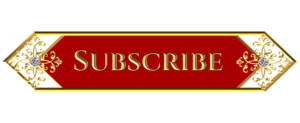
In almost every one of our Natural Solutions for series of articles, you will see craniosacral therapy listed under Natural Therapies. It is a frequent suggestion given by me. This is because it is powerfully effective. This wonderful light-touch therapy can be life-changing (I can say this from personal experience). If you’ve ever wondered what craniosacral therapy is, this is your lucky day! I am going to seek to demystify this therapy in this article.
What is craniosacral therapy?
Craniosacral Therapy is a light-touch therapy that works with the tissues around the sacrum, along the spine, and around the bones of the cranium. It is used to facilitate tissue movement in order to enable the body’s release of tense musculature, connective restriction, dural membrane restriction, nerve impingement, and the skull bone immobilization. This assists the body to release overall tension, improves nerve flow, optimal production and reabsorption of the cerebrospinal fluid which bathes, nourishes, and reoxygenates the tissues of the central nervous system, thus aiding the body in maintaining homeostasis.
Wow, that’s a lot. Let’s break it down. Light-touch means this is a therapy where the touch I (or any therapist) will use is very light. In fact, the weight of my hands during craniosacral therapy may not even feel like they are there. The weight should be less than that of a nickel. Yup, a nickel.
Cerebrospinal fluid is the fluid that bathes the brain and spinal column.
This light pressure allows the body to adjust without being forced to. Sometimes, when we use a heavier touch, the body feels the need to fight back or lock up. However, with this light weight, the body can relax and allow the tiny pressure to nudge the tissues into a release. So we are able to facilitate tissue movement including muscles, connective tissues, dura membranes, fascia, and even down to the bones in the skulls. Wait, isn’t the skull one solid mass of bone? Technically, no.

The fissures or sutures in the skull have a tiny amount of give. They expand and contract as needed. Sometimes, they can get stuck in a position that does not allow the brain and its fluids room to move around. This can lead to headaches, dizziness, vision and hearing troubles, and a myriad of other health issues.
Craniosacral therapy works to allow the cerebrospinal fluid to flow properly throughout the nervous system and brain. It works on the cranium or skull and the sacrum or base of the spine. It can also be used on other areas of the body to release impingements or restrictions, but the main areas of focus will always be the spine and head.
Who can benefit from craniosacral therapy?
Really, the question is who can’t. Craniosacral therapy is one of those therapies that can help so many people and conditions. However, there are a few people who should not have craniosacral therapy done.
Craniosacral Therapy is contraindicated for anyone who has:
- Acute stroke
- Cerebral aneurysm
- Breaks or fractures of bones less than 6 weeks old
- Any condition where fluid changes in the skull can be detrimental
What are the benefits of craniosacral therapy?
This is a short list of things craniosacral therapy may help reduce the symptoms of.
- Migraine / Headaches
- Attention Deficit Disorder
- Short-term Memory Loss
- Hyperkinesis
- Hypertonicity
- Dyslexia
- Loss of Smell
- Small Stroke Syndrome
- Morning Sickness
- Lazy Eye
- Autism
- Acute Pain
- Acute Fever
- Numbness in Hands / Feet
- Prolonged Labor
- Menstrual Cramps
- Low Back Pain
- Visual Perception and Motor / Visual Integration Problems
- And more…
Personally, I have used craniosacral to help with dizziness and vertigo as well as headaches.
What to expect during a session:
During a craniosacral therapy session, you will be fully clothed on a massage table. You will be both face up and face down at different points during the appointment. Many people fall asleep or enter a healing space of relaxation during craniosacral appointments. In my practice, I have quiet, healing music playing and will also often incorporate colored light therapy. (Read more about the benefits of colored light therapy here.) Appointments last 60 minutes.
After the session, many people have reported improved sense of self, relaxation, and changes in chronic symptoms.
I hope this has helped to demystify this amazing therapy and has piqued your interest to trying it for yourself or a loved one.
Please don’t hesitate to schedule an appointment if you need further assistance.
Be sure to subscribe to our newsletter for more!
Note: Everything here is for information only. This is not meant to treat or diagnose any medical condition. Seek a qualified medical professional.

